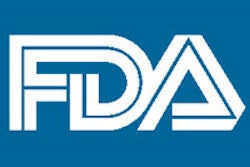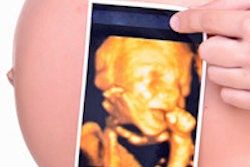
In a guidance to mammography facilities, the U.S. Food and Drug Administration (FDA) said that printing breast images to hard-copy film is no longer necessary and can be performed at the discretion of individual centers.
The role of peripheral devices in mammography has changed significantly with the evolution of the modality in the past 20 years, particularly with regard to film printers, which have diminished in importance, the FDA communiqué noted.
Printers a generation ago served several important needs, such as providing hard-copy comparison images from digital facilities to requesting facilities that had no digital viewing capabilities. Printed images were also important for accreditation submissions, and for providing copies of mammograms for use in the operating room, according to the agency.
Things changed with the arrival of digital mammography 15 years ago, and as a result, there are fewer than 350 film-screen mammography units left in the U.S. Along with this change, the universal availability of computers for viewing digital images reduces the need for facilities to maintain printers. Similarly, the introduction of digital breast tomosynthesis in 2011, which produces only soft-copy images, has reduced the need for printing, the FDA wrote.
In fact, with the sharing of mammograms via computer media such as compact disks or online, many facilities can view images on monitors throughout the enterprise. Even accreditation bodies approved by the FDA can accept images electronically for accreditation or for additional mammography views and other purposes.
"Therefore, in today's world, the option to maintain a printer and/or the ability to print hard-copy images is a decision left to each individual facility." the FDA wrote.
If a facility chooses to maintain a printer, it must follow all of the manufacturer's quality control requirements for both the printer and the mammography unit. The FDA's Mammography Quality Standards Act (MQSA) inspection program has removed printer questions from its inspection procedures; however, facilities that decide to maintain printers must continue to have then inspected by medical physicists who include them in the mammography equipment evaluation upon installation, after major repairs, or annually as required by the printer or mammography unit manufacturer's quality control program, the agency wrote.



















